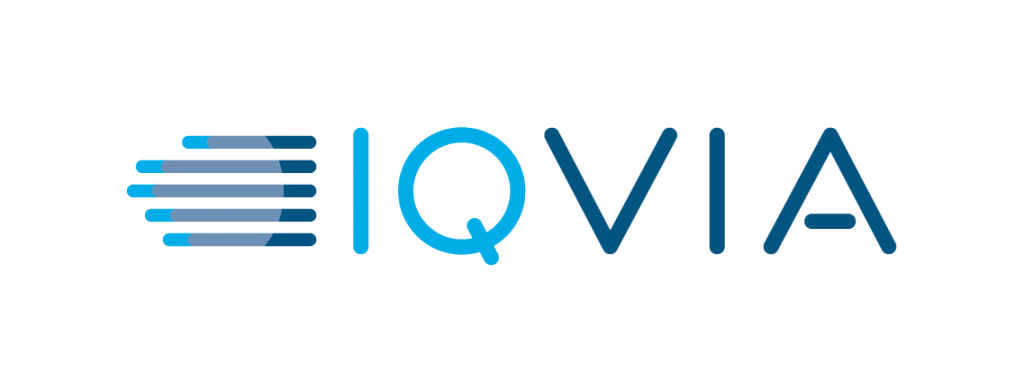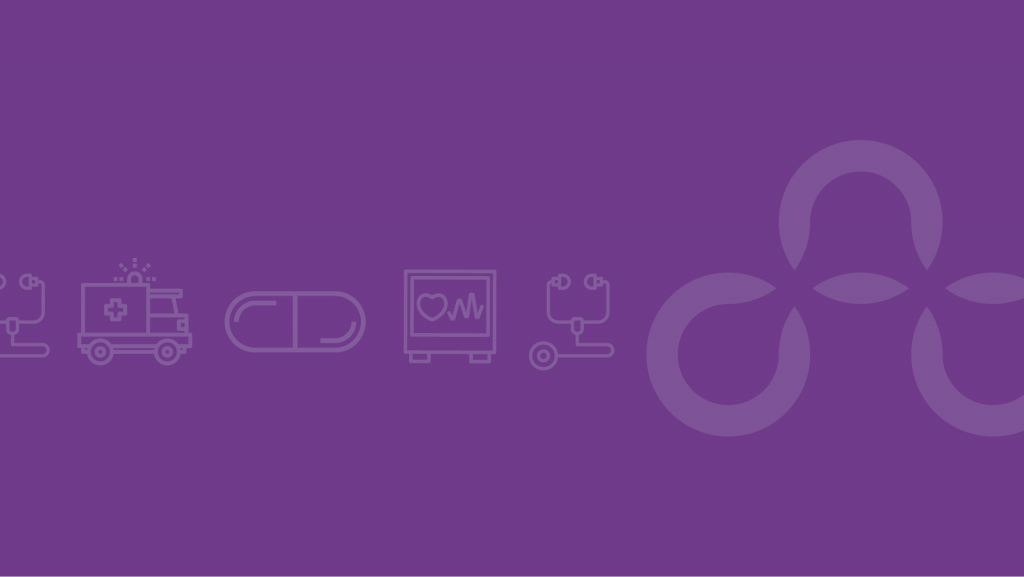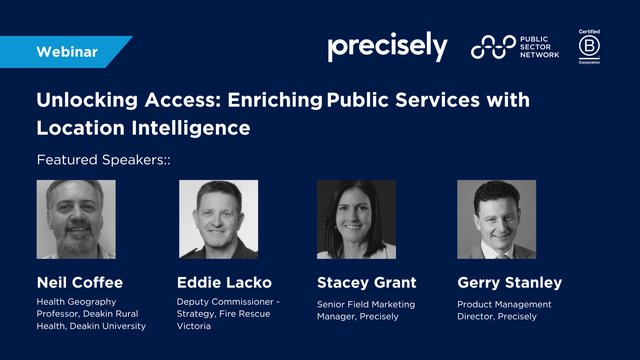IQVIA
and the
Public Sector Network
recently collaborated to deliver the
Health and Human Service
s Virtual Event on Wednesday, April 27th, 2022
After the event, we were grateful to have had the opportunity to interview IQVIA in an intimate conversation on their perspectives with technology trends and barriers faced in their community.
What overall trends are you seeing in terms of technology in your industry?
The COVID-19 crisis accelerated the use of technology, digitization, and new forms of working in the life sciences industry. The two primary trends we are seeing, from a technology perspective, are:
- the emergence of digital / self-service channels for delivering key information to stakeholders, and
- the increased importance and relevance of artificial intelligence and machine learning (AIML) to help extract insights from increasingly varied data types and sources.
For example, time stressed healthcare providers (HCPs), seeking valuable information to improve patient outcomes, are using HCP-gated product websites where chat bot technology can provide the pertinent information but has the intelligence to escalate to a ‘real’ person when needed. The increase in the number of HCP engagement channels resulted in an explosion of valuable data, for example, data to help understand which HCPs preferred which channels. AIML technology allows stakeholders to efficiently handle and extract actionable insights quickly.
What is the next big thing in terms of technology and where do you see it in the next 2 to 5 years?
The COVID-19 pandemic has accelerated changes in the life sciences industry. In the next 2 to 5 years, self-service of key content and services is going to be a huge priority, for HCPs and for patients. This includes the ability to execute key processes and obtain some, if not a majority, of services at a time and place that is convenient and desired for both sets of stakeholders. We also see a democratization of AIML technologies, bringing increasingly precise and advanced insights to the fingertips of the users. We will see more conversational AI agents (chat bots) being employed.
With the increasing demand for better data integration within life sciences organizations, we see an increasing trend where companies are migrating from department specific (siloed) systems to connected intelligent enterprise systems. High on the priority list are technology solutions to support the continuing integration of information between healthcare organizations (primary care – hospitals – pharmacy – community) in support of patient management. These new systems will support one source of truth, faster more flexible analytics / reporting, and be able to maximize the advances in AIML technologies. What we learned from this past pandemic event was that those who implemented technology and solutions that helped their organizations be more resilient during times of disruption gained the competitive advantage. We see the life sciences industry continue to advance technologically so as not to be caught off guard next time.
Aside from the pandemic , what have been some of the technology challenges or barriers experienced in the last 12 months?
Due to the pandemic, there was a fundamental shift from a mostly face-to-face salesforce to digital models of engagement. A barrier faced by the life sciences industry to implementing digital forms of HCP engagement in Canada was to first obtain and manage electronic communication consent (eConsent). There are other regulatory and policy challenges with delivering content, especially of a scientific or medical nature, through digital channels. The identification and authentication of the user is a requirement, but there is a need to innovate and invest in these technologies across the industry.
Even though there are technologies and procedures available to ensure privacy, confidentiality, and compliance, these concerns contributed to the slow down of digital channel adoption.
Life Sciences organizations are looking past the current state of their data collection and are recognizing the need to evolve their reporting capacity. The slowdown of face-to-face interactions resulting from COVID-19 drove companies to rapidly pivot and embrace multi-channel modes of communication with their customers.
This change occurred faster than many in the industry were ready to handle. New systems were implemented and as a result, an enormous amount of data was generated. But the bulk of it was unconnected. Most life sciences companies were not prepared for the opportunity to get the insights from the data that can help maximize their return in the face of constantly changing market conditions.
What has been your best performing technology in the last 12 months and why?
In the last 12 months, our industry has seen the acceleration in artificial intelligence and machine learning (AIML) adoption, both as a stand-alone analytics platform but also in the form of conversational AI agents and algorithms running in customer CRMs. This growth is due partly by the need to gain insights from the explosion of data volumes but also due to the availability of AIML technology and life sciences specific AI methodologies.
Patient portals is another area that performed well due to patients, healthcare providers, and pharma seeking a safe and reliable channel to provide support and information.




































